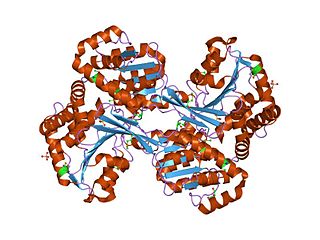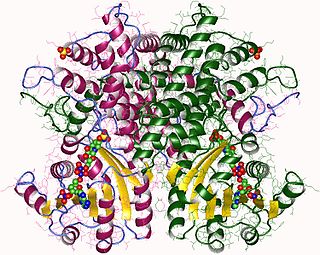| PDB | 1a80 , 1abn , 1ads , 1ae4 , 1afs , 1ah0 , 1ah3 , 1ah4 , 1az1 , 1az2 , 1c9w , 1cwn , 1dla , 1ef3 , 1eko , 1el3 , 1exb , 1frb , 1gve , 1hqt , 1hw6 , 1iei , 1ihi , 1j96 , 1jez , 1k8c , 1lqa , 1lwi , 1m9h , 1mar , 1mi3 , 1mrq , 1mzr , 1og6 , 1pwl , 1pwm , 1pyf , 1pz0 , 1pz1 , 1q13 , 1q5m , 1qrq , 1qwk , 1r38 , 1ral , 1ry0 , 1ry8 , 1s1p , 1s1r , 1s2a , 1s2c , 1sm9 , 1t40 , 1t41 , 1ur3 , 1us0 , 1vbj , 1vp5 , 1x96 , 1x97 , 1x98 , 1xf0 , 1xgd , 1xjb , 1ye4 , 1ye6 , 1z3n , 1z89 , 1z8a , 1z9a , 1zgd , 1zq5 , 1zsx , 2a79 , 2acq , 2acr , 2acs , 2acu , 2agt , 2alr , 2bgq , 2bgs , 2bp1 , 2c91 , 2clp , 2dux , 2duz , 2dv0 , 2f2k , 2f38 , 2fgb , 2fvl , 2fz8 , 2fz9 , 2fzb , 2fzd , 2hdj , 2he5 , 2he8 , 2hej , 2hv5 , 2hvn , 2hvo , 2i16 , 2i17 , 2ikg , 2ikh , 2iki , 2ikj , 2ine , 2inz , 2ipf , 2ipg , 2ipj , 2ipw , 2iq0 , 2iqd , 2is7 , 2isf , 2j8t , 2nvc , 2nvd , 2p5n , 2pd5 , 2pd9 , 2pdb , 2pdc , 2pdf , 2pdg , 2pdh , 2pdi , 2pdj , 2pdk , 2pdl , 2pdm , 2pdn , 2pdp , 2pdq , 2pdu , 2pdw , 2pdx , 2pdy , 2pev , 2pf8 , 2pfh , 2pzn , 2qxw , 2r9r , 2vdg , 3bcj , 3bur , 3buv , 3bv7 , 3c3u , 3cmf , 3cot , 3eau |
|---|















